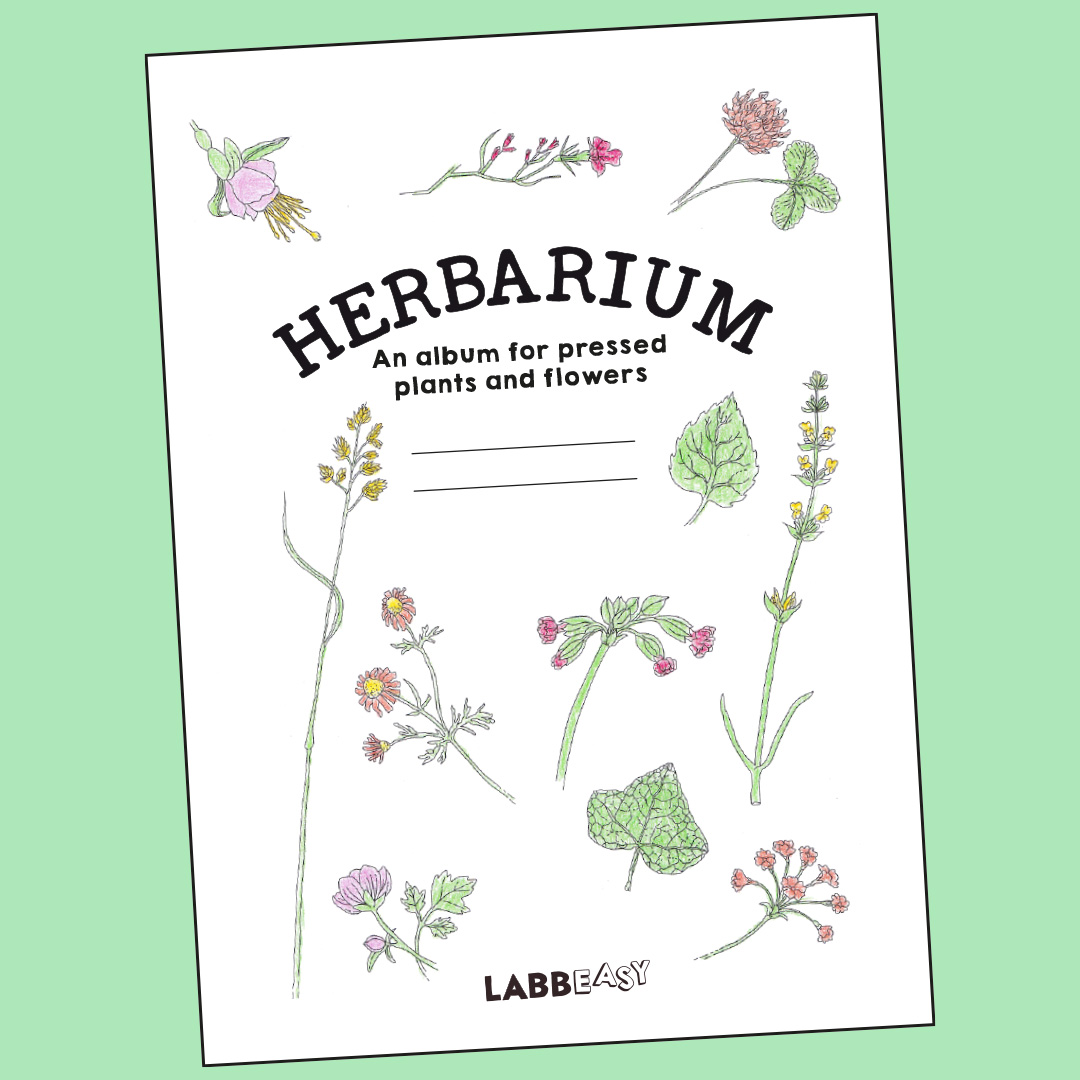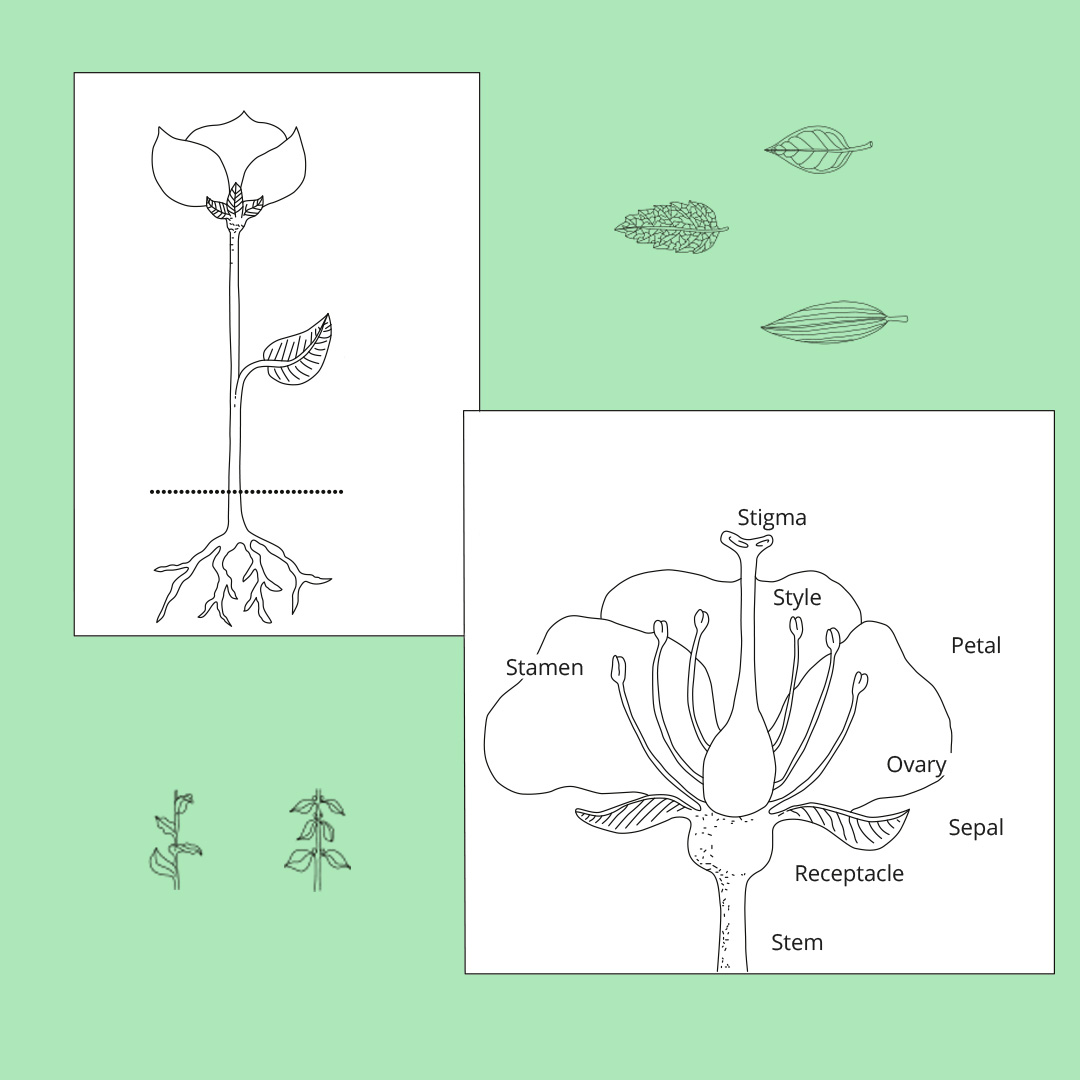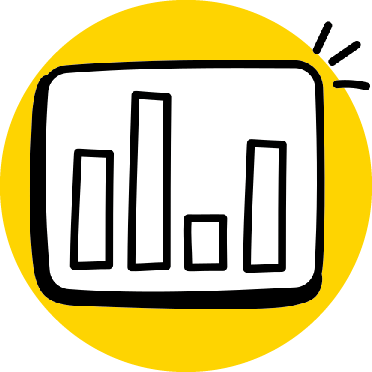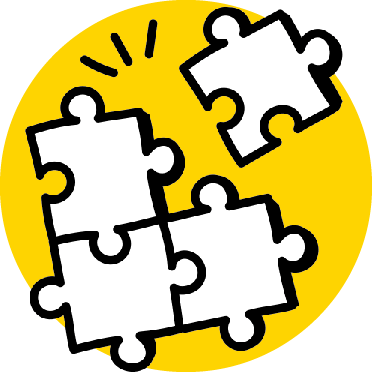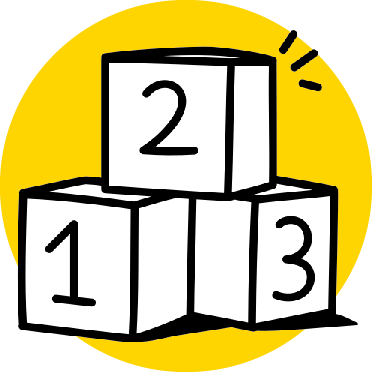How can I use this resource?
Create your own personal album of pressed plants and flowers with our printable Herbarium templates. Start by collecting plants outside, ensuring you first identify them using a flower classification book. Then, carefully press the plants and attach them to individual sheets of paper to create your unique herbarium.
What does this resource contain?
This resource includes printable templates for the Herbarium cover, two speciment sheets and an overview of botanical terms. It also guides you through the process of creating your herbarium, providing insights into the history and significance of herbaria. Learn about the importance of recording specific information for each plant, including its name, characteristics, and where and when it was found.
Labbé GmbH
Walter-Gropius-Str. 16
50126 Bergheim
Germany
hello@labbeasy.com
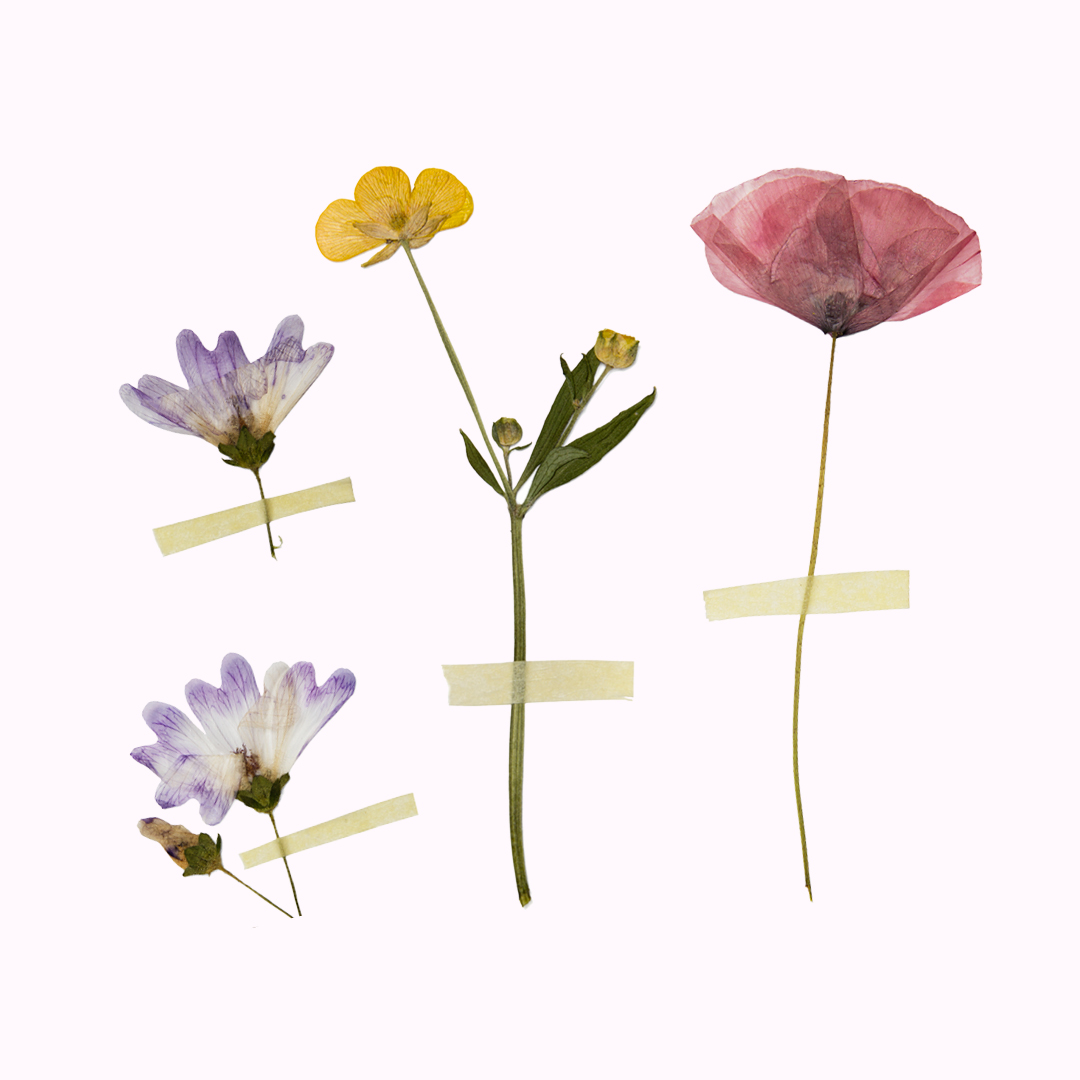
A herbarium is a book of pressed plants. In order to preserve the plants for a long time. they’re pressed and then attached to individual sheets of paper. These sheets are later bound together as a book.
“Herbarium” is a Latin word that means ‘herb book’. The first herbaria were made by plant lovers to look at in the winter as a replacement for the garden in the cold season. Later on, botanists and biologists borrowed this idea and created scientific herbaria full of plant specimens that they found on their research trips and travels. The Swedish naturalist Carl von Linné (1707–1778), for example, who established the tradition of giving Latin names to all plant species, collected together a herbarium that contained over 14,000 pressed plants.
The herbaria that children made a couple of generations ago are now sought-after research material. With the help of these collections of pressed plants, scientists can detect the effects of environmental change, for example.
It’s important to record specific information about each plant, since every species had its own characteristics such as leaf form, flower color, flowering season, and habitat – some plants grow in the forest and others in meadows. Most important are the plant’s name, and the place and date it was found.

